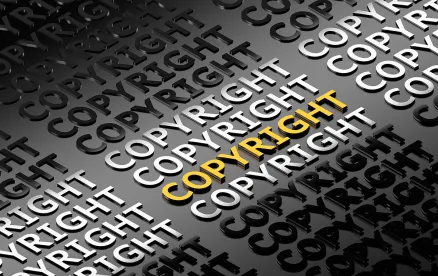Working today on a presentation for the members of the Gotham Media & Film Institute, I thought I’d write a bit of a primer on the differences between an assignment, license, and work made for hire. This is such an important topic not only for filmmakers or other creatives, but really everyone whose business depends on content.
Copyright for Creators of Content
To understand these different forms of conveyance, it’s essential to first understand that copyright isn’t any one thing or right, but a collection of rights. These rights are the right to display, distribute, reproduce, perform, and make “derivative works” (like a film or play based on a book). And they attach only to a work fixed in a tangible medium of expression (like this blog post, once I’ve done writing it), that possesses a “modicum of” (that is to say very little) originality.
So once a copyrightable work exists, who owns it? Well, in the case of a “work made for hire,” the answer is: (1) the author’s employer; or (2) the commissioning party of an “eligible work” signed by the commissioned party. In plain English, my employer owns this blog post as its “author” (as if my employer wrote the blog post itself), because I created it in the scope of my employment during regular working hours. But if I wrote a screenplay (which is definitely not part of my job description) then I would own copyright.
However, if someone commissioned me to create the screenplay with the intention of creating a film, and I signed a contract that said the screenplay was a work made for hire, then the commissioning party would be the owner as an “author” –as if the commissioning party had written the screenplay itself. Note that only certain “eligible” works can be commissioned as works made for hire. These are works commissioned as part of a collective work, as part of a motion picture or other audiovisual work (like certain kinds of software); as a translation; as a supplementary work; as a compilation; as an instructional text; as a test; as answer material for a test; or as an atlas.
Copyright Duration and Termination
So what are the types of copyright conveyances and what does it matter? In contrast to an assignment, which is a total conveyance of rights under copyright, and a license, which is a conveyance of some of the rights (e.g., the right to publish a book only in the U.S.), copyright obtained via a work made for hire lasts for 120 years and cannot be terminated. The “normal” duration of copyright is the life of the author plus 70 years, and a license or assignment of copyright can be terminated, thus enabling the author to capture new revenue streams roughly 30 years after the content is created or published. For more on termination rights, see our prior posts HERE and HERE.




 />i
/>i

